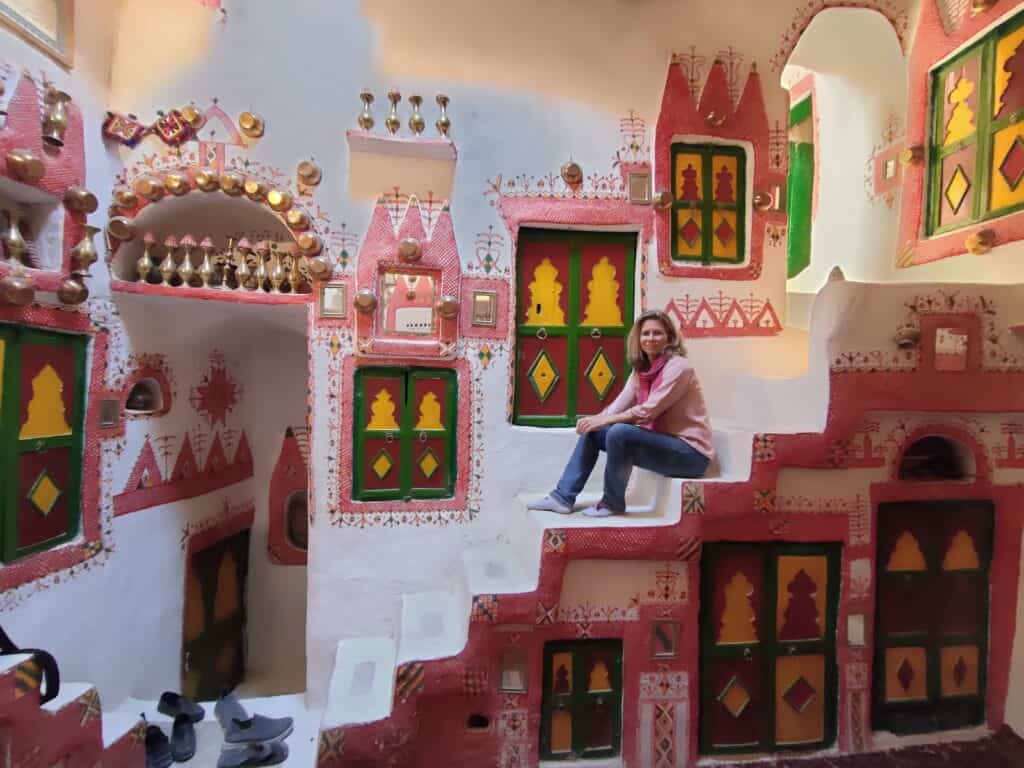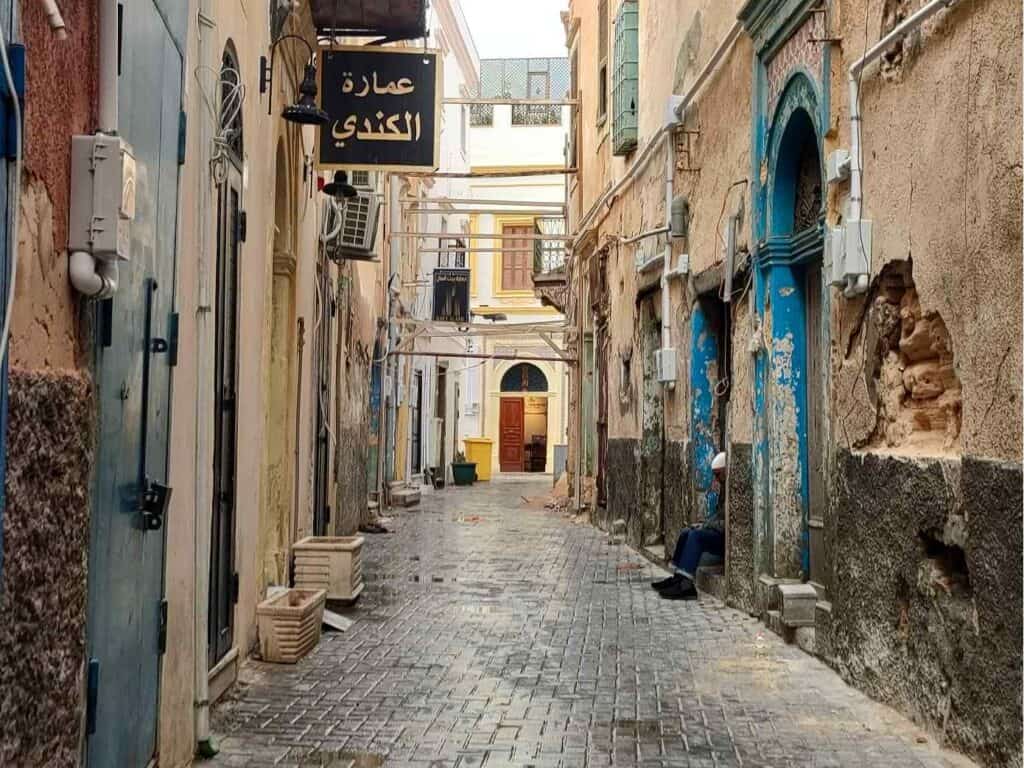Libya
Why Libya?
For most people, Libya is a mystery. It is an Arab country, but not like the others. It is an African country, but they do not regard themselves as such, and Libya was only proclaimed independent in 1952. Before that, there were three separate regions – Tripolitania in the west, Cyrenaica in the east, and Fezzan in the south. In this huge country, larger than Egypt, 97% of the population is of Arab and Berber ethnicity, predominantly Sunni and speaking Arabic. However, its population is only 6 million. Thanks to the Italian colonial past, the Italian presence is still felt today, so you may eat one of the best pizzas and pasta of your life here and drink espresso coffee in a stylish Italian cafe. Italians modernized the country, but it also was a period of suffering for locals. The discovery of oil in the 1950s changed Libya forever, making it one of the world’s largest oil producers.
What you should know before traveling to Libya
The most beautiful places in Libya
For more than four decades, Libya was identified with a single man, Muammar Gaddafi, who had been in power for 42 years. But as in Iraq, his removal did not bring peace. Instead, the country fell into chaos, and since then, Libya has been identified as war and the embarking point of immigrants heading to Europe. However, Libya is actually home to some of the most spectacular Greek and Roman ruins in the world, and here stands Leptis Magna, once the second largest city in the Roman Empire, the Sabratha theatre, considered by many to be the most impressive Roman monument in North Africa or Ghadames, one of the oldest and most important cities in the Sahara, or Cyrene, that played an important role in the Hellenistic world. All in all, Libya has five World Heritage sites! Libya was an absolute surprise, and it has a huge potential as a tourist destination once the political situation becomes stable.
Quick facts
Population: 2022 (6.8 million)
Area: 1.8 million km 2
Capital: Tripoli
Geography: Libya lies along the Mediterranean Sea, with Tunisia and Algeria on the west, Egypt to the East, and to the south Niger, Chad, and Sudan. It has always provided an important connection between Europe, Arab and North Africa. The Saharan desert covers 90% of the country. The country is mainly flat except for the Nafusa plateau south of Tripoli, which dominates the northwest of the country, the Green Mountains (Jebel Akhdar) in eastern Libya, the most fertile and lush region, and the Tibetsi mountains in the south. That spreads over to Chad.
Ethnicity: Most Libyans are Arabs or Arab Berbers, as most indigenous Berbers intermarried with Arabs. Bebers often refer to themselves as Imazighen (free men). The Tuareg are a subgroup of nomad Berber people (also called the “Blue men of the desert” due to the indigo-colored veil). The Tebu people (“the black nomads of the Sahara”)are another ethnic group found in southern Libya.
Religion: 97% of the population are Sunni Muslims. Pre-Islamic Berber rituals and beliefs have mingled with orthodox Islam like in other North African countries. The eastern part of Libya (Cyrenaica) is also closely associated with the “Sanusi” Sufi movement. Apart from that, there are Christians in Libya, mainly Coptic Orthodox. Libya also had one of the oldest Jewish communities, dating to the 4th century BC, but there are no longer any Jews living in Libya. Islam is the state religion.
Highlights
Tripoli old city
Ghadames oasis city (UNESCO)
Desert tour in the Sahara
The stunning landscape and fortified granaries of the Nefusa mountains
Leptis Magna, once the second biggest city of the Roman Empire (UNESCO)
Sabratha (UNESCO)
Jebel Akhdar (Green Mountain)
Cyrene, once an important Greek colony (UNESCO)
How to plan your trip to Libya?
Find the cheapest flights to Libya with Skyscanner or search for cheap flights on Google Flights.
There is a range of hotels available in Tripoli. As it is only possible to visit Libya on an organized tour, I stayed at the hotel (Hotel Cleopatra 4*) chosen by the local company. There should be an option to stay in a lower-budget or luxury hotel. There are a few hotels in Ghadames as well.
https://www.sherwestravel.com/Currently the only way to visit Libya is through a local travel agent, such as Wadi Smalos or Sherwes Travel
Renting a car as a foreigner is not an option as a foreigner now, as traveling is only possible through a local travel agent and you must be accompanied by a tourist policeman. This may change in the future.
SafetyWing is a recommended and affordable travel insurance.
IATI is another reliable travel insurance that you can use regardless of your nationality in Libya.
Libya: From Colony to Revolution
The Burning Shores: Inside the Battle for the New Libya
Bringing Down Gaddafi: On the Ground with the Libyan Rebels
* These books were published before 2011, but still helps you get a better understanding of the country and learn more about its attractions, culture and ancient history.


